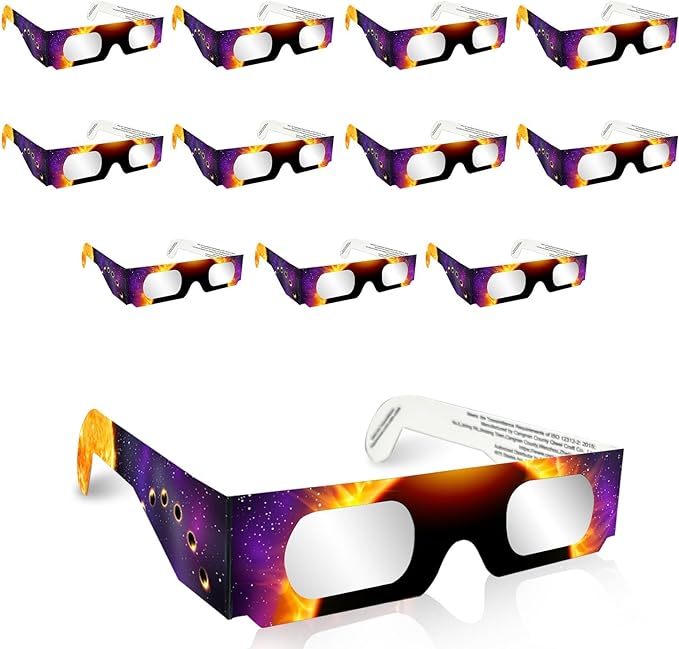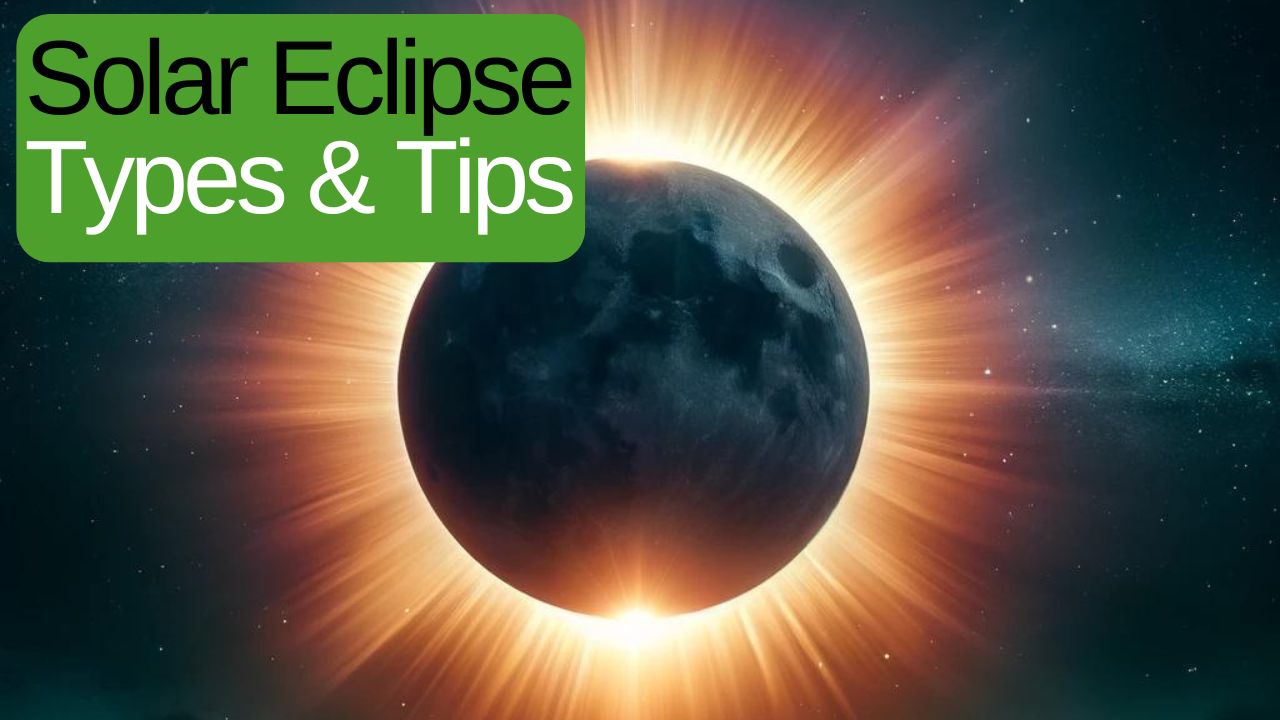A solar eclipse is one of nature’s most breathtaking spectacles, capturing the imagination of people across the globe. This article aims to inform readers about the various aspects of an eclipse, blending a sense of wonder with detailed explanations.

What is a Solar Eclipse?
A solar eclipse occurs when the moon passes between the Earth and the Sun, temporarily obscuring the Sun’s light. This celestial event happens because the moon’s orbit around Earth brings it directly into the path of the Sun’s rays, casting a shadow on Earth. Solar eclipses can only occur during a new moon, when the Sun and moon are in alignment as seen from Earth.
Types of Solar Eclipses
Solar eclipses come in three main varieties, each offering a unique viewing experience:
1. Total Solar Eclipse
A total eclipse happens when the moon completely covers the Sun, as viewed from a specific area on Earth. This results in total darkness for a brief period, known as totality. During this time, the Sun’s outer atmosphere, the corona, becomes visible, creating a stunning halo effect.
2. Partial Solar Eclipse
In a partial eclipse, only a portion of the Sun is obscured by the moon. This type of eclipse is more common and can be seen over a larger area compared to a total eclipse. Observers need to use proper eye protection to safely view the partial eclipse.
3. Annular Solar Eclipse
An annular eclipse occurs when the moon is too far from Earth to completely cover the Sun. This results in a ring of sunlight being visible around the moon, often referred to as a “ring of fire.” Annular eclipses are visually striking but require special viewing equipment to observe safely.
Historical and Cultural Significance
Solar eclipses have played a significant role in human history and culture. Ancient civilizations often regarded eclipses with awe and fear, attributing them to supernatural forces. Some cultures saw eclipses as omens, while others used them to mark important events.
In more recent times, eclipses have inspired scientific inquiry and exploration. For example, the 1919 total solar eclipse provided crucial evidence for Albert Einstein’s theory of general relativity, as it allowed scientists to observe the bending of light around the Sun.
Safe Viewing Tips
Watching a solar eclipse can be a thrilling experience, but it’s essential to take precautions to protect your eyes. Here are some tips for safe viewing:
- Use Solar Viewing Glasses: These specially designed glasses filter out harmful ultraviolet and infrared rays, allowing you to view the eclipse safely.
- Pinhole Projectors: Create a simple projector using a piece of cardboard with a small hole. The sunlight passes through the hole and projects an image of the eclipse onto a flat surface.
- Avoid Direct Viewing: Never look directly at the Sun without proper eye protection, as this can cause permanent eye damage.
Preparing for a Solar Eclipse
To make the most of a solar eclipse, it’s important to plan ahead. Here are some steps to prepare:
- Check Eclipse Schedules: Determine when and where the next eclipse will be visible. Many online resources provide detailed maps and timing information.
- Gather Equipment: Ensure you have the necessary viewing equipment, such as solar viewing glasses or a pinhole projector.
- Choose a Viewing Location: Find a spot with a clear view of the sky, away from city lights and tall buildings. If possible, travel to an area where the eclipse will be most visible.
The Scientific Importance of Studying Solar Eclipses
Solar eclipses offer unique opportunities for scientific research. During an eclipse, scientists can study the Sun’s corona, which is usually hidden by the Sun’s bright light. This research helps improve our understanding of solar activity and its impact on Earth’s climate and space weather.
Eclipses also provide valuable data for astronomers studying the dynamics of celestial bodies. By observing how light bends around the moon, scientists can test theories of gravity and refine measurements of the Earth-moon system.
Frequently Asked Questions (FAQ)
1. When is the next solar eclipse?
The next solar eclipse is scheduled for [insert date here]. Check local resources for specific viewing times and locations.
2. Can I photograph a solar eclipse?
Yes, you can photograph a solar eclipse, but you need to use a solar filter on your camera to protect the lens and your eyes. Specialized solar filters are available for cameras and telescopes.
3. How long does a total solar eclipse last?
The duration of a total solar eclipse varies, but totality typically lasts for a few minutes. The entire event, including partial phases before and after totality, can last several hours.
4. What causes the different types of solar eclipses?
The different types of eclipses are caused by the varying distances between the Earth, moon, and Sun, as well as the alignment of these celestial bodies. A total eclipse occurs when the moon is close enough to Earth to cover the Sun completely, while an annular eclipse happens when the moon is farther away, creating a ring of sunlight.
5. Why are solar eclipses rare?
Solar eclipses are rare because the orbits of the Earth and moon must align precisely for the moon to cover the Sun. This alignment occurs only a few times each year, and the area of totality is usually very narrow, making it a unique event for any given location.









